In this article, you will explore the fascinating world of the Hubble Space Telescope and its significant contributions to the field of cosmology. From capturing breathtaking images of distant galaxies to providing critical data for understanding the age and expansion of the universe, the Hubble has revolutionized our understanding of the cosmos. Join us on a journey through the stars and discover the incredible impact this remarkable telescope has had on our knowledge of the universe.
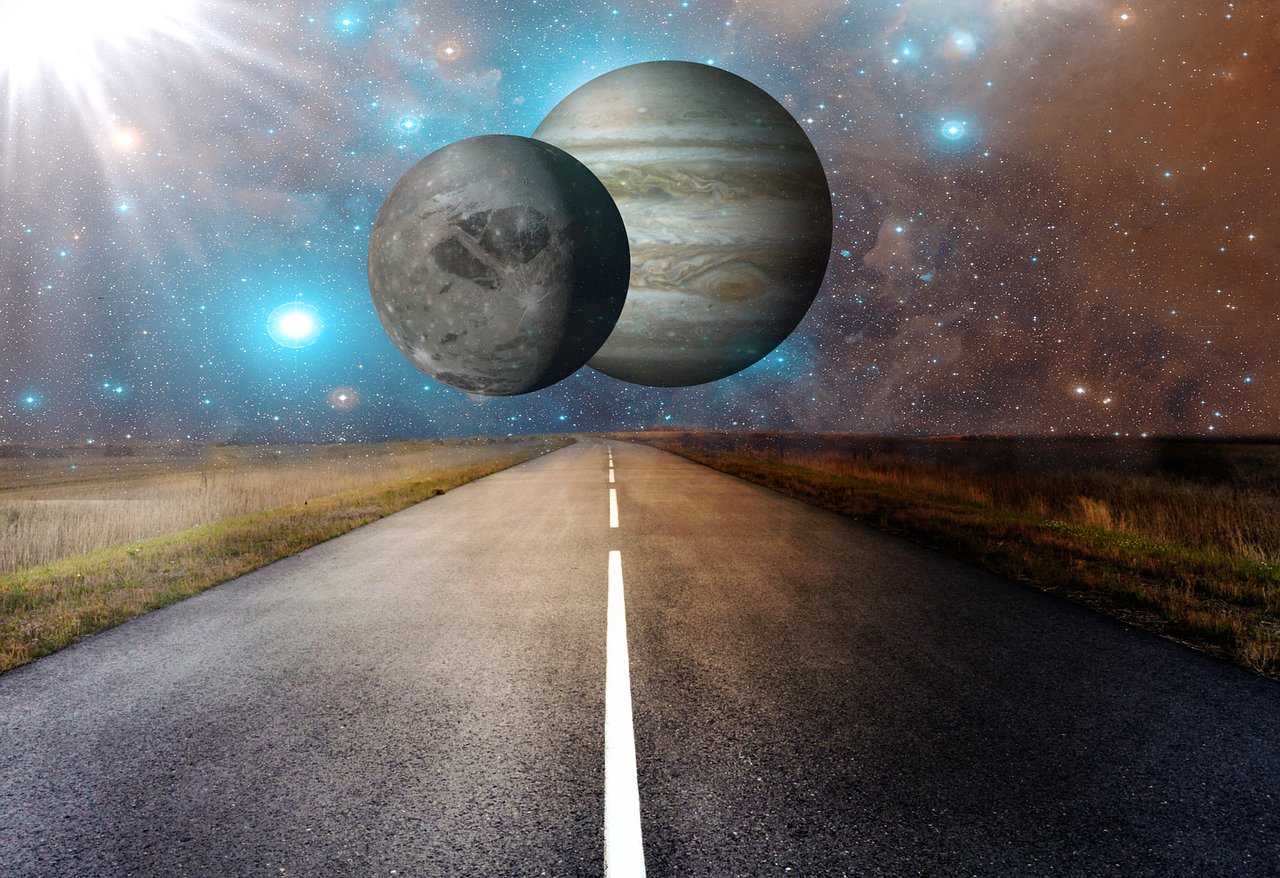
1. Overview of the Hubble Space Telescope
1.1 Hubble Space Telescope background
The Hubble Space Telescope, often referred to simply as Hubble, is a renowned space observatory that has revolutionized our understanding of the universe. It is named after the renowned astronomer Edwin Hubble, who played a vital role in the development of modern cosmology. The idea of a space-based telescope was first proposed in the 1940s, but it wasn’t until the 1970s that NASA finally embarked on the ambitious project to construct and launch Hubble.
1.2 Development and launch of the Hubble Space Telescope
The development and launch of the Hubble Space Telescope was a monumental effort involving expertise from both NASA and international partners. After overcoming various technical challenges, Hubble was launched into space on April 24, 1990, aboard the Space Shuttle Discovery. Unfortunately, it soon became apparent that the telescope’s primary mirror had a spherical aberration, resulting in blurry images. This setback was subsequently rectified by a daring and complex servicing mission in 1993, during which astronauts installed corrective optics, allowing Hubble to achieve its full potential.
2. Advancements Enabled by the Hubble Space Telescope
2.1 Sharper and clearer images of the universe
One of the primary achievements of the Hubble Space Telescope is its ability to capture incredibly sharp and clear images of the deepest regions of space. By orbiting above Earth’s turbulent atmosphere, Hubble has eliminated the distortions caused by atmospheric turbulence, providing astronomers with unprecedented clarity. This has allowed for detailed observations of distant galaxies, star clusters, nebulae, and even individual stars within our own Milky Way.
2.2 Probing the furthest reaches of the universe
Thanks to its high-resolution capabilities, the Hubble Space Telescope has enabled scientists to push the boundaries of our observable universe. By capturing faint light from incredibly distant objects, Hubble has provided valuable insights into the early stages of cosmic evolution. The telescope has allowed astronomers to study galaxies that existed when the universe was only a few hundred million years old, shedding light on the formation and evolution of structures in the early universe.
2.3 Determining the age of the universe
One of Hubble’s most significant contributions to cosmology is its role in determining the age of the universe. Through observations of certain types of stars called Cepheid variables in distant galaxies, scientists have been able to measure their brightness and distance accurately. These measurements, combined with other cosmological data, have led to a refined estimate of the age of the universe, currently believed to be approximately 13.8 billion years.
2.4 Studying the evolution of galaxies
The Hubble Space Telescope has revolutionized our understanding of galaxy formation and evolution. By observing galaxies at various stages of their development, Hubble has provided a wealth of data on the processes that drive their growth. The telescope has captured stunning images of colliding galaxies, spiral arms, star-forming regions, and other phenomena, revealing the intricate dynamics and complex interplay of forces within these stellar systems.
2.5 Discovering exoplanets
In recent years, the Hubble Space Telescope has played a vital role in the discovery and characterization of exoplanets – planets located outside our solar system. By carefully studying slight changes in the brightness of distant stars, caused by planetary transits, Hubble has detected the presence of numerous exoplanets orbiting these distant stars. These discoveries have expanded our knowledge of planetary systems and the potential for habitable environments beyond our own solar system.
2.6 Observing black holes and quasars
The Hubble Space Telescope has proven to be a valuable tool for studying black holes and quasars – incredibly energetic and powerful phenomena in the universe. By observing the effects of intense gravitational fields and matter falling into black holes, Hubble has provided important insights into the nature and behavior of these enigmatic cosmic entities. Additionally, Hubble has captured remarkable images of quasars, which are the most luminous objects in the known universe, shedding light on the processes occurring near supermassive black holes.
2.7 Unveiling the mysteries of dark matter and dark energy
The Hubble Space Telescope has contributed significantly to our understanding of dark matter and dark energy – two mysterious components that make up the majority of the universe. Through precise measurements of the distribution of galaxies and the rate of the universe’s expansion, Hubble has provided valuable data that supports the existence of dark matter and dark energy. These discoveries have fundamentally shaped our understanding of the composition and evolution of the cosmos.
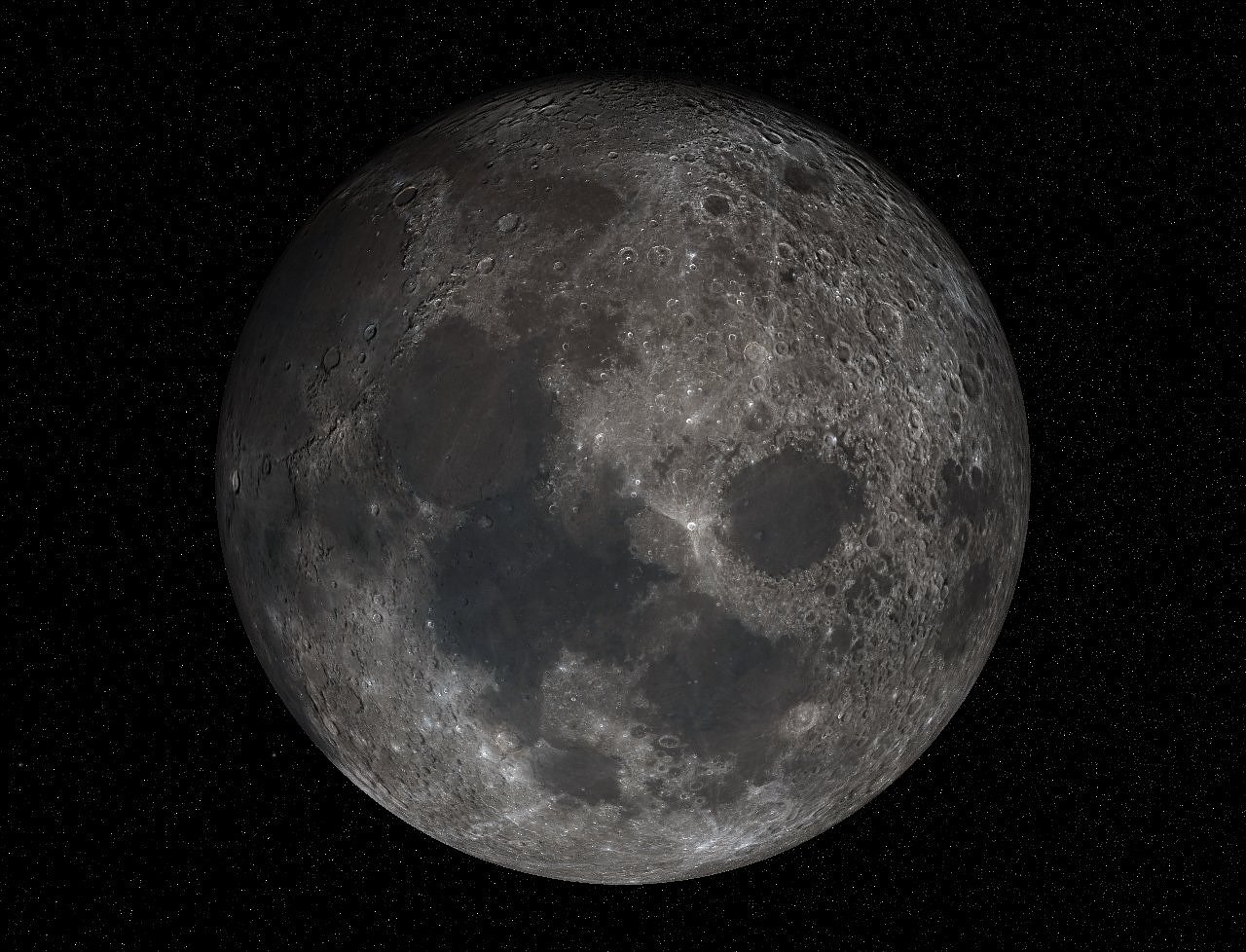
3. Impact on Understanding Cosmology
3.1 Enhanced understanding of the Big Bang Theory
The Hubble Space Telescope has greatly contributed to our understanding of the Big Bang Theory – the prevailing scientific explanation for the origin and evolution of the universe. By providing precise measurements of the cosmic microwave background radiation – the remnants of the initial explosion – Hubble has confirmed the predictions made by the Big Bang Theory. These measurements have allowed scientists to study the early universe with unparalleled accuracy, probing conditions that existed mere moments after the universe’s birth.
3.2 Confirmation of expanding universe
One of Hubble’s most significant contributions to cosmology is providing definitive evidence of the expanding universe. By observing distant galaxies and measuring their redshift – the stretching of light wavelengths caused by the universe’s expansion – Hubble provided concrete confirmation of the work done by Edwin Hubble himself, who first discovered this phenomenon in the 1920s. This discovery opened the door to a new understanding of the cosmos and has since become a cornerstone of modern cosmology.
3.3 Contributions to the measurement of the Hubble constant
The Hubble constant, which determines the rate at which the universe is expanding, is a critical parameter in cosmology. The Hubble Space Telescope has played a vital role in refining the estimation of this constant. By measuring the distances to distant galaxies and their redshifts, Hubble has provided valuable data that has helped to improve our understanding of the scale and age of the universe. These measurements have also contributed to the ongoing efforts to reconcile different measurements of the Hubble constant from various cosmological probes.
4. Major Discoveries by the Hubble Space Telescope
4.1 Hubble Ultra Deep Field
The Hubble Ultra Deep Field (HUDF) is one of the most iconic images captured by the Hubble Space Telescope. This image, taken over several months, showcases the deepest visible-light observations of the universe, revealing incredibly distant galaxies. The HUDF has allowed astronomers to study the early universe and has provided important data on the evolving structures of galaxies over cosmic time.
4.2 Hubble Deep Field
Similar to the HUDF, the Hubble Deep Field (HDF) is another breathtaking image captured by Hubble. The HDF showcases a small, seemingly empty patch of sky, but upon closer inspection, it is filled with thousands of galaxies at various distances. This image has contributed significantly to our understanding of the large-scale structures and distribution of galaxies in the universe.
4.3 Exoplanet atmosphere analysis
The Hubble Space Telescope has been instrumental in analyzing the atmospheres of exoplanets. By measuring the light that passes through an exoplanet’s atmosphere during a planetary transit, Hubble can detect the presence of certain molecules, such as water vapor and methane. These observations provide valuable insights into the composition and potential habitability of these distant worlds.
4.4 Gravitational lensing observations
Hubble’s precise observations have allowed astronomers to study the phenomenon of gravitational lensing, where the gravity of massive objects bends and distorts light from more distant objects. By measuring the effects of this bending, Hubble has provided unique opportunities to study galaxies that would otherwise be too faint or obscured to observe. Gravitational lensing has allowed scientists to investigate dark matter, the distribution of mass in galaxy clusters, and even detect extremely distant galaxies.
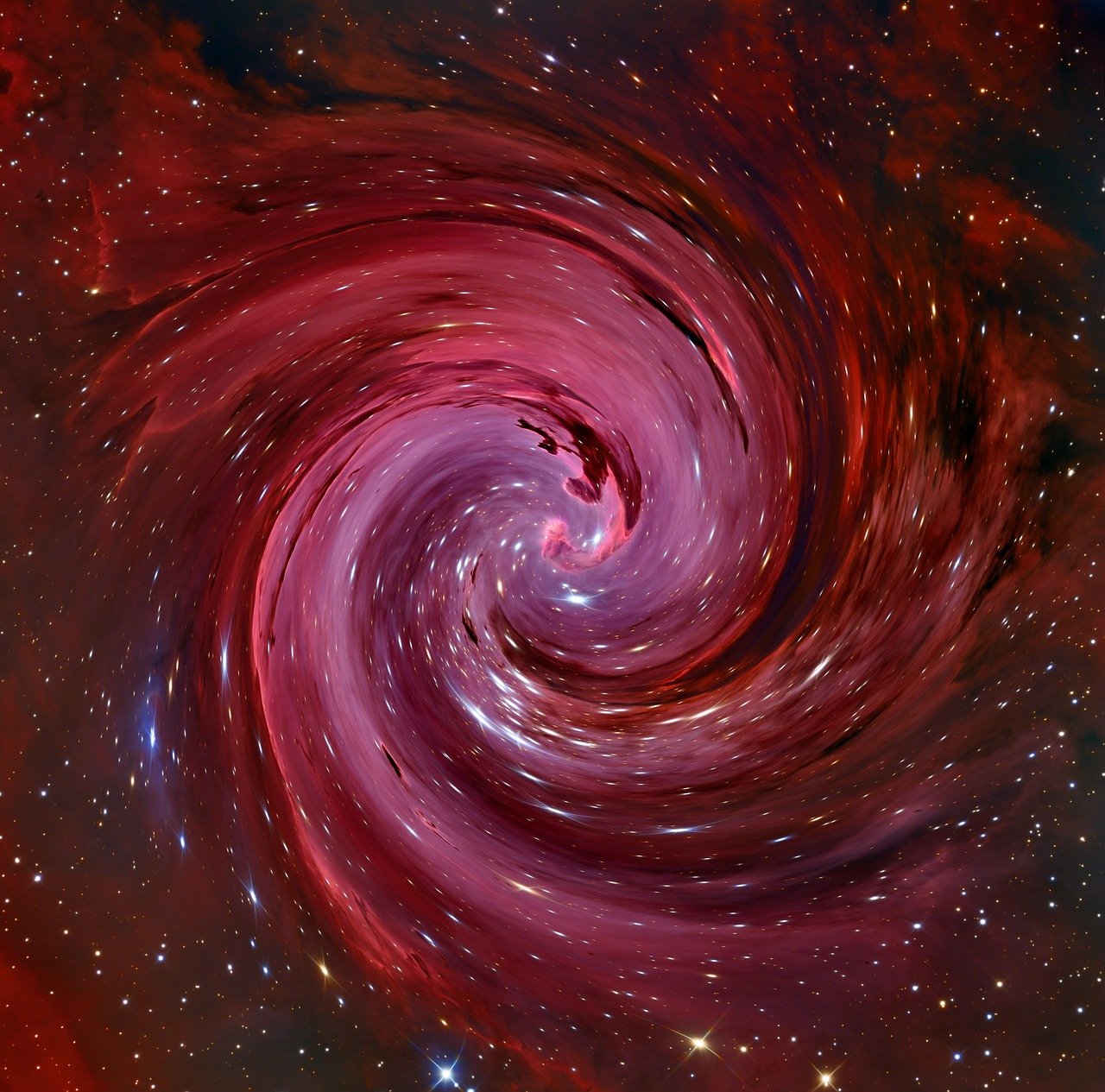
5. Key Instruments and Upgrades of the Hubble Space Telescope
5.1 Wide Field and Planetary Camera (WFPC)
The Wide Field and Planetary Camera (WFPC) was one of Hubble’s primary instruments during its early years. It allowed for a wide field-of-view and superb imaging capability, capturing some of Hubble’s most iconic images. WFPC paved the way for many of the discoveries made by the telescope before being replaced by more advanced instruments.
5.2 Space Telescope Imaging Spectrograph (STIS)
The Space Telescope Imaging Spectrograph (STIS) provided Hubble with spectroscopic capabilities, allowing scientists to study the composition and physical properties of celestial objects. STIS has played a vital role in the analysis of starlight, measuring the properties of distant galaxies, and studying the atmospheres of exoplanets.
5.3 Advanced Camera for Surveys (ACS)
The Advanced Camera for Surveys (ACS) was a versatile instrument that enhanced Hubble’s capabilities for imaging and spectroscopic observations. It provided higher resolution and extended the wavelength range of observations, allowing for the study of fainter objects and the detection of ultraviolet and near-infrared light.
5.4 Cosmic Origins Spectrograph (COS)
The Cosmic Origins Spectrograph (COS) was added during a servicing mission in 2009 and greatly enhanced Hubble’s ability to study the universe’s origins. COS specializes in ultraviolet spectroscopy, providing vital data on the composition of gas clouds, the formation of galaxies, and the interaction between galaxies and their environment.
5.5 Wide Field Camera 3 (WFC3)
The Wide Field Camera 3 (WFC3) is the most advanced imaging instrument on Hubble, offering a wide field-of-view and excellent image quality across a broad range of wavelengths. WFC3 has played a crucial role in capturing many of Hubble’s breathtaking images and has greatly contributed to our understanding of the universe’s evolution and the properties of celestial objects.
5.6 Servicing Missions and Upgrades
Throughout its mission, Hubble has been serviced and upgraded multiple times by astronauts during daring space shuttle missions. These servicing missions have ensured that Hubble remains at the forefront of astronomical research, allowing for repairs, instrument replacements, and technological advancements. The final servicing mission in 2009 extended Hubble’s anticipated lifespan and introduced new capabilities.
6. Collaboration and Data Sharing
6.1 Collaboration with ground-based observatories
The Hubble Space Telescope has a long history of collaboration with ground-based observatories worldwide. By combining data from Hubble with observations from ground-based telescopes, astronomers gain a more comprehensive understanding of celestial objects and phenomena. This collaboration has resulted in groundbreaking discoveries and has expanded the capabilities of astronomical research.
6.2 Collaboration with other space-based telescopes
Hubble has also collaborated with other space-based telescopes, such as the Chandra X-ray Observatory and the Spitzer Space Telescope. These collaborations have allowed for multi-wavelength observations, providing a more complete picture of the universe across different energy ranges. By combining data from various telescopes, scientists can investigate astrophysical phenomena in unprecedented detail.
6.3 Data sharing with the scientific community and public
The data gathered by the Hubble Space Telescope is freely available to scientists and the general public. This approach encourages collaboration and allows researchers worldwide to contribute to our understanding of the universe. Moreover, through public outreach programs and initiatives, Hubble has effectively shared its knowledge and discoveries with the wider community, inspiring countless individuals with its stunning imagery and scientific achievements.
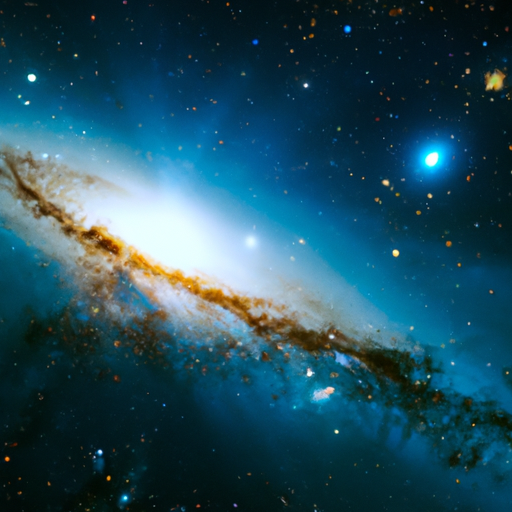
7. Limitations and Challenges Faced by the Hubble Space Telescope
7.1 Optical imperfections and corrective measures
The Hubble Space Telescope faced initial challenges due to an optical flaw in its primary mirror, resulting in blurry images. However, this issue was addressed during a daring servicing mission in 1993, during which corrective optics were installed. Despite this successful repair, Hubble still faces limitations in terms of its size and the impact of aging on its instruments.
7.2 Aging components and servicing missions
Since its launch, Hubble has undergone several servicing missions to replace aging components and upgrade its instruments. These missions, involving complex spacewalks and intricate repairs, have ensured that Hubble remains operational and continues to provide invaluable scientific contributions. However, with each servicing mission, the risk increases, as Hubble continues to age and requires further maintenance.
7.3 Effects of cosmic rays on observations
While in space, the Hubble Space Telescope is exposed to cosmic rays – high-energy particles from outer space. These particles can interfere with the telescope’s instruments, causing noise and distortions in observations. Scientists must carefully account for these effects to ensure accurate data analysis and interpretation.
7.4 Limited lifespan and future of the Hubble Space Telescope
Despite its numerous accomplishments, the Hubble Space Telescope has a limited lifespan, primarily determined by the availability of resources and the condition of its aging systems. Eventually, Hubble will reach the end of its operational life, with no more servicing missions possible. However, discussions are ongoing regarding its fate, potentially involving a controlled reentry into Earth’s atmosphere or placement in a permanent orbit as a testament to its remarkable legacy.
8. Legacy and Future Prospects of the Hubble Space Telescope
8.1 Inspiring future generations of astronomers
The Hubble Space Telescope has undeniably left an indelible mark on the field of astronomy and the broader scientific community. Its stunning images and groundbreaking discoveries have captivated the imaginations of people worldwide, fostering a deep appreciation for the wonders of the universe. Hubble’s legacy will continue to inspire future generations of astronomers, encouraging them to push the boundaries of human knowledge further.
8.2 Successors and complementary missions
While the Hubble Space Telescope has paved the way for countless scientific breakthroughs, its successor, the James Webb Space Telescope (JWST), is set to take space exploration to new heights. Scheduled to launch in 2021, the JWST will possess significantly larger mirrors and advanced instruments, allowing for even more detailed observations in infrared wavelengths. The combination of Hubble and the JWST will work in tandem, complementing each other’s capabilities and expanding our understanding of the cosmos.
8.3 Transition to the James Webb Space Telescope (JWST)
As the James Webb Space Telescope becomes operational, Hubble will begin transitioning into a new phase of its mission. Hubble will continue to operate alongside the JWST for a period, allowing for collaborative observations. With its vast archive of data and its potential value for future studies, Hubble will continue to make significant contributions to astronomy even as it transitions into a new era.
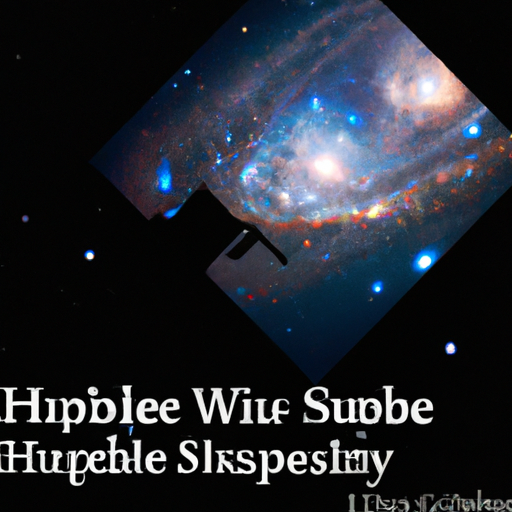
9. Conclusion
The Hubble Space Telescope has transformed our understanding of the universe through its remarkable achievements and groundbreaking discoveries. From capturing awe-inspiring images of distant galaxies to unraveling the mysteries of dark matter and dark energy, Hubble’s impact on cosmology is unparalleled. Despite facing initial challenges and limitations, Hubble has overcome them through ambitious servicing missions and technological advancements. As we look toward the future, the Hubble Space Telescope’s legacy will endure, inspiring future generations of astronomers and complementing the remarkable capabilities of the James Webb Space Telescope.